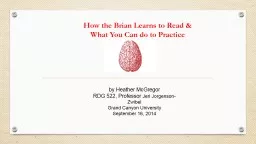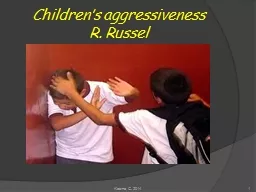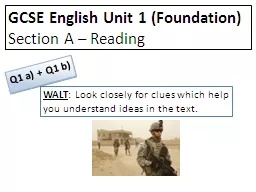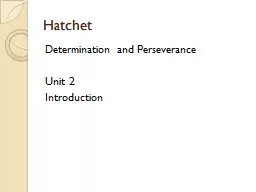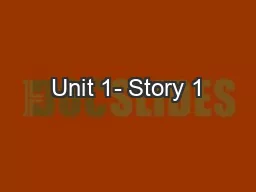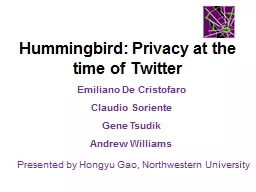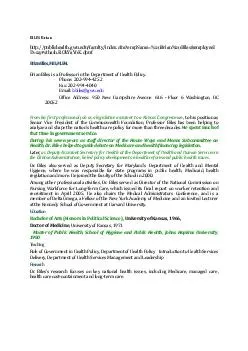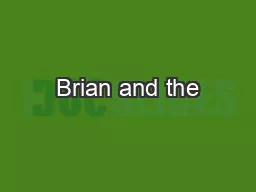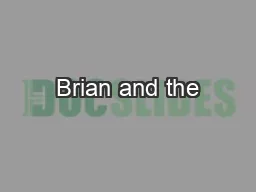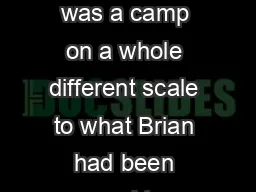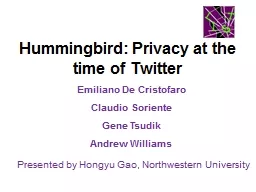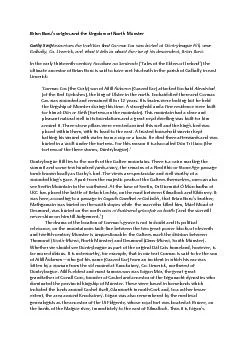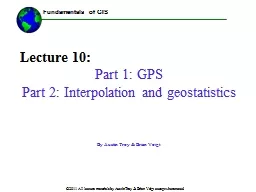PPT-How the Brian Learns to Read &
Author : iamamercy | Published Date : 2020-08-03
What You Can do to Practice by Heather McGregor RDG 522 Professor Jeri JorgensonZwibel Grand Canyon University September 16 2014 Scientific Evidence has Proven
Presentation Embed Code
Download Presentation
Download Presentation The PPT/PDF document "How the Brian Learns to Read &" is the property of its rightful owner. Permission is granted to download and print the materials on this website for personal, non-commercial use only, and to display it on your personal computer provided you do not modify the materials and that you retain all copyright notices contained in the materials. By downloading content from our website, you accept the terms of this agreement.
How the Brian Learns to Read &: Transcript
Download Rules Of Document
"How the Brian Learns to Read &"The content belongs to its owner. You may download and print it for personal use, without modification, and keep all copyright notices. By downloading, you agree to these terms.
Related Documents

